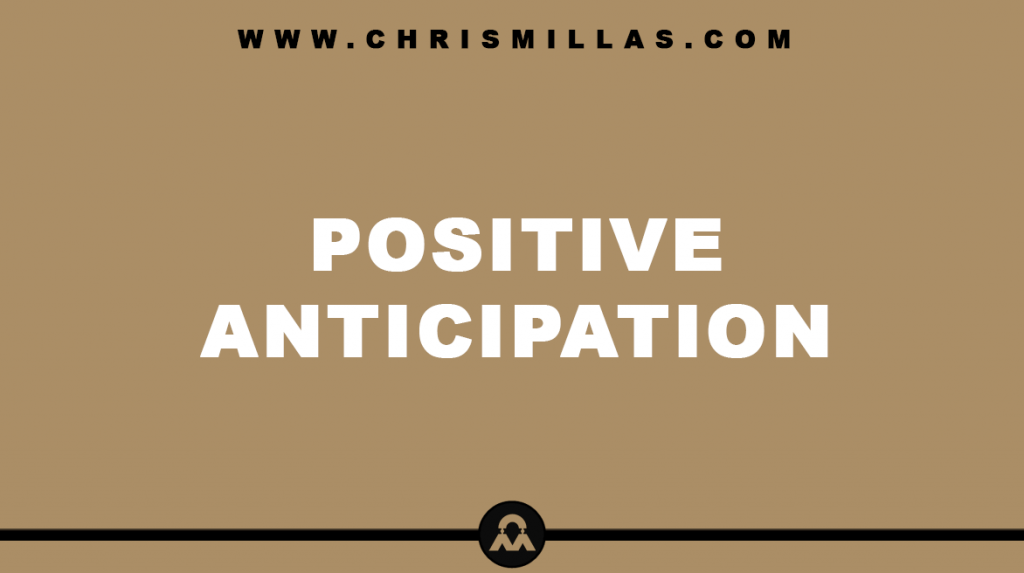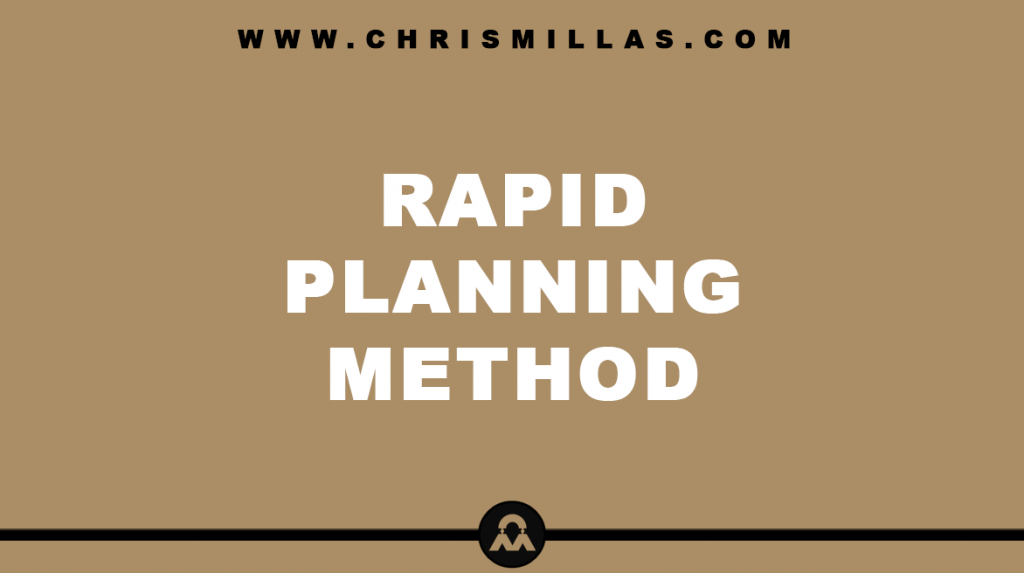In this post, we’ll unpack all you need to know about Positive Anticipation, defining exactly what it is, the science behind how it impacts the brain, how to leverage it and more.
What Is Positive Anticipation?
Positive Anticipation (PA) refers to a state of excitement in relation to a pleasurable future experience. More simply, it is the act of projecting a positive future experience into the present.
How Positive Anticipation Impacts The Brain
When you anticipate a future positive experience, the brain perceives it as a potential “reward” ― defined as anything that is going to enhance your survival ― and so it triggers the release of pleasure hormones (dopamine, serotonin, oxytocin, endorphin and anandamide) that motivate you to pursue the reward.
In fact, studies show that the brain releases greater amounts of pleasure hormones in anticipation of an experience than the actual experience itself.
Studies have also found that anticipating positive experiences increases sensitivity to rewards. In other words, when you anticipate having a positive experience, that positive experience feels even better when it actually happens.
“Anticipation can be the key driving force in motivating yourself to get through life as you look forward to something that gives you a sense of optimism toward the future. If you’re having difficulty dealing with the past or present, anticipating what’s next can help get you through it.” ― Dr. Sanam Hafeez
Backed By Studies
There is a plethora of evidence that supports the power of Positive Anticipation.
In one study conducted at the University of London, researchers concluded that subjects with expectations of future positive experiences were more likely to measure higher on a scale of subjective well-being.
A second study comes from the Journal of Experimental Social Psychology. They found that the pleasure derived from looking forward to future positive experiences outweighed the pleasure derived from looking backward on past positive experiences.
In a third study, people who simply thought about watching their favourite movies actually raised their endorphin levels by 27%.
In yet another study conducted by American Physiological Society, researchers found that the anticipation of a positive humorous laughter experience reduce potentially detrimental stress hormones.
How To Leverage Positive Anticipation Personally
The key to leveraging Positive Anticipation in one’s personal life is to ensure you always have positive experiences to look forward in the future and then to create cues that remind you of those experiences in the present.
By drawing on positive experiences in the future, you’ll inspire positive emotional states in the present by creating the conditions necessary for a constant and sustainable supply of pleasure.
How To Leverage Positive Anticipation Professionally
In business, PA lies behind every purchase and when used strategically, can be a powerful tool to boost both sales and brand loyalty.
Studies show that PA can have a powerful impact on perception.
- When customers wait for a product or service, they’re more likely to feel excitement.
- When customers receive a product or service, they’re more likely to enjoy it.
- When customers have a product or service, they’re more likely to remember it positively.
Therefore, the key to leveraging Positive Anticipation in one’s professional life is to ensure your customers always have positive experiences to look forward to in the future and then create cues that remind them of those future experiences in the present.
Summary
Positive Anticipation is a psychological process that we engage in to mentally prepare for a specific positive outcome that we expect to happen in the future.
The act of anticipating a positive experience in the future triggers the release of pleasure hormones including dopamine, serotonin, oxytocin, endorphin and anandamide
The key to leveraging Positive Anticipation is to always have pleasurable experiences to look forward to. By drawing on positive experiences in the future, you’ll inspire positive emotional states in the present.







